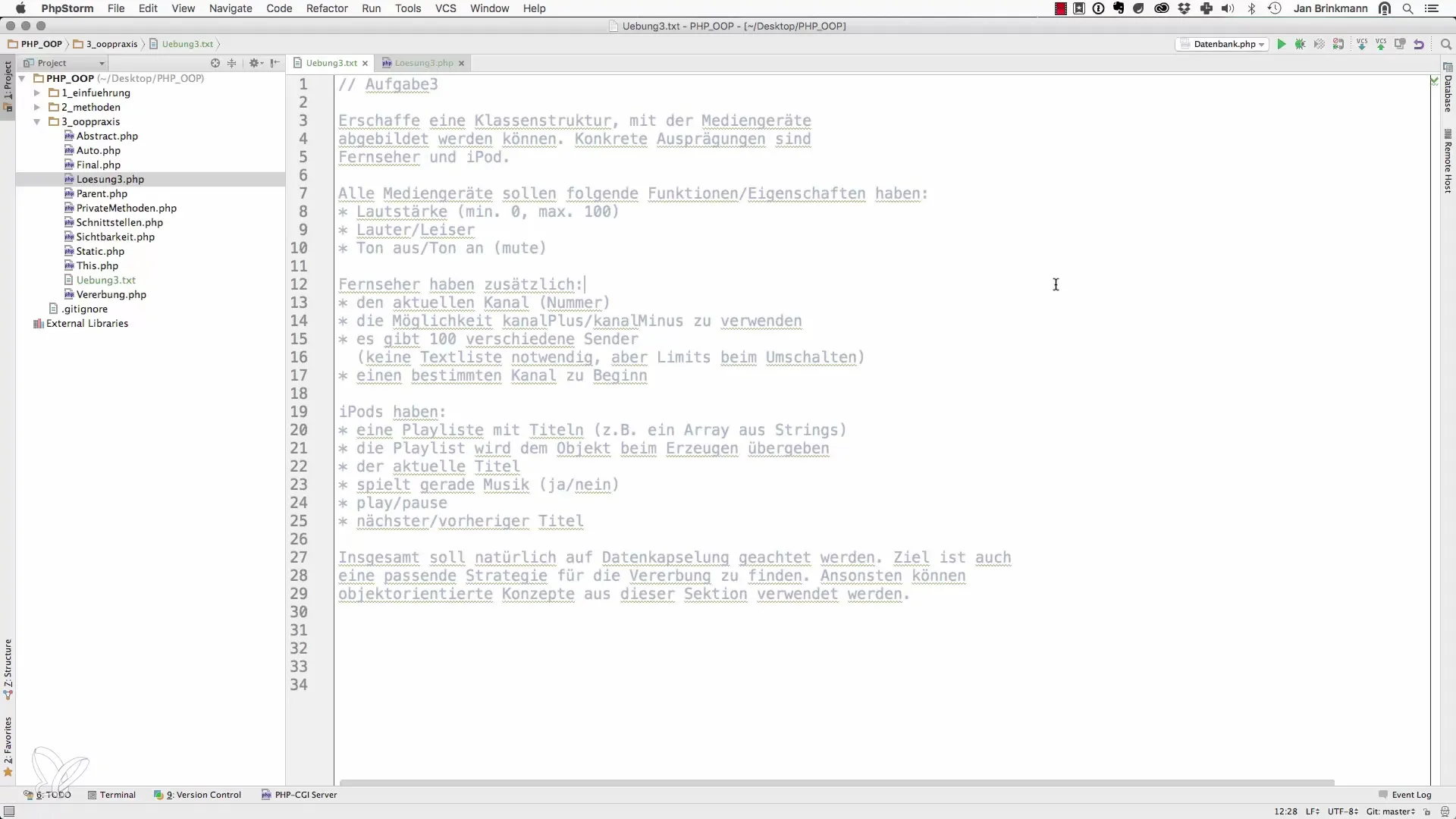Object-oriented programming (OOP) is essential for making complex systems clear. In this exercise, you will walk through the implementation of a class structure that represents different media devices such as televisions and iPods. This will help you develop a better understanding of the applications of OOP in PHP.
Key Insights
- Understanding the fundamental principles of OOP
- Building a class structure for media devices
- Using properties and methods to manage device features
- The importance of data encapsulation and inheritance
Step-by-Step Guide
Step 1: Define the basic structure of the classes
First, you should think about the class structure. The main class should contain the properties and methods for all media devices, including volume and its control.
Here you can insert a screenshot of the presentation of the basic structure:

Step 2: Implement volume
Each media device must support a volume of at least 0 decibels and a maximum of 100 decibels. Implement the corresponding methods to increase, decrease the volume, and mute the sound.
Step 3: Extend the television class
Create a specific class for the television that manages channels in addition to volume. Implement functions to switch between channels and ensure that the channel display stays within the range of 1 to 100.
Here you can attach the screenshot for the television class:
Step 4: Playlist for the iPod
Now let's move on to the more complex class: the iPod. Create a playlist as an array of strings that stores the titles of the songs. Implement functions to start playback, pause, and switch between songs.
Insert the screenshot for the playlist implementation here:
Step 5: Implement data encapsulation
Ensure that the attributes and methods of the classes are not directly accessible from outside. Enforce the use of getter and setter methods to control volume and channel. This prevents errors from incorrect settings.
Here you should insert the screenshot for data encapsulation:
Step 6: Use the constructor
To create class instances efficiently, it's important to use the constructor. This allows you to pass initial values like volume and channel when creating an object.
Insert a screenshot of the constructor here:
Step 7: Utilize inheritance
Consider how inheritance can be sensibly used in your project. This could allow for multiple specialized media devices to inherit from a common base class that provides the shared properties.
Here you can insert the screenshot for inheritance:
Conclusion
Ensure that your classes are structured and maintainable. Remember that this exercise not only involves programming functional classes but also aims to improve your understanding of the principles of OOP.
Here you can attach a final screenshot of the complete solution:
Summary – Object-Oriented Web Programming with PHP – Effectively Representing Media Devices
You have learned how to build a class structure for media devices with PHP, which includes the essential properties and control methods for televisions and iPods. By applying the fundamental principles of OOP, such as data encapsulation and inheritance, you have been able to develop a deeper understanding of the subject matter.
Frequently Asked Questions
What are the fundamental properties that every media device should have?Each media device should have a volume and the ability to control it.
How is the volume defined?The volume should be between 0 and 100 decibels.
What additional functions does the television have?The television has the ability to switch between channels, with a maximum of 100 channels.
How can I initialize the iPod?When creating an iPod object, you can pass a playlist and the starting volume through the constructor.
Why is data encapsulation important?Data encapsulation protects the internal states of objects from uncontrolled interference and errors from the outside.


